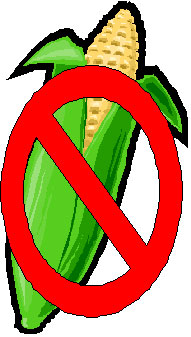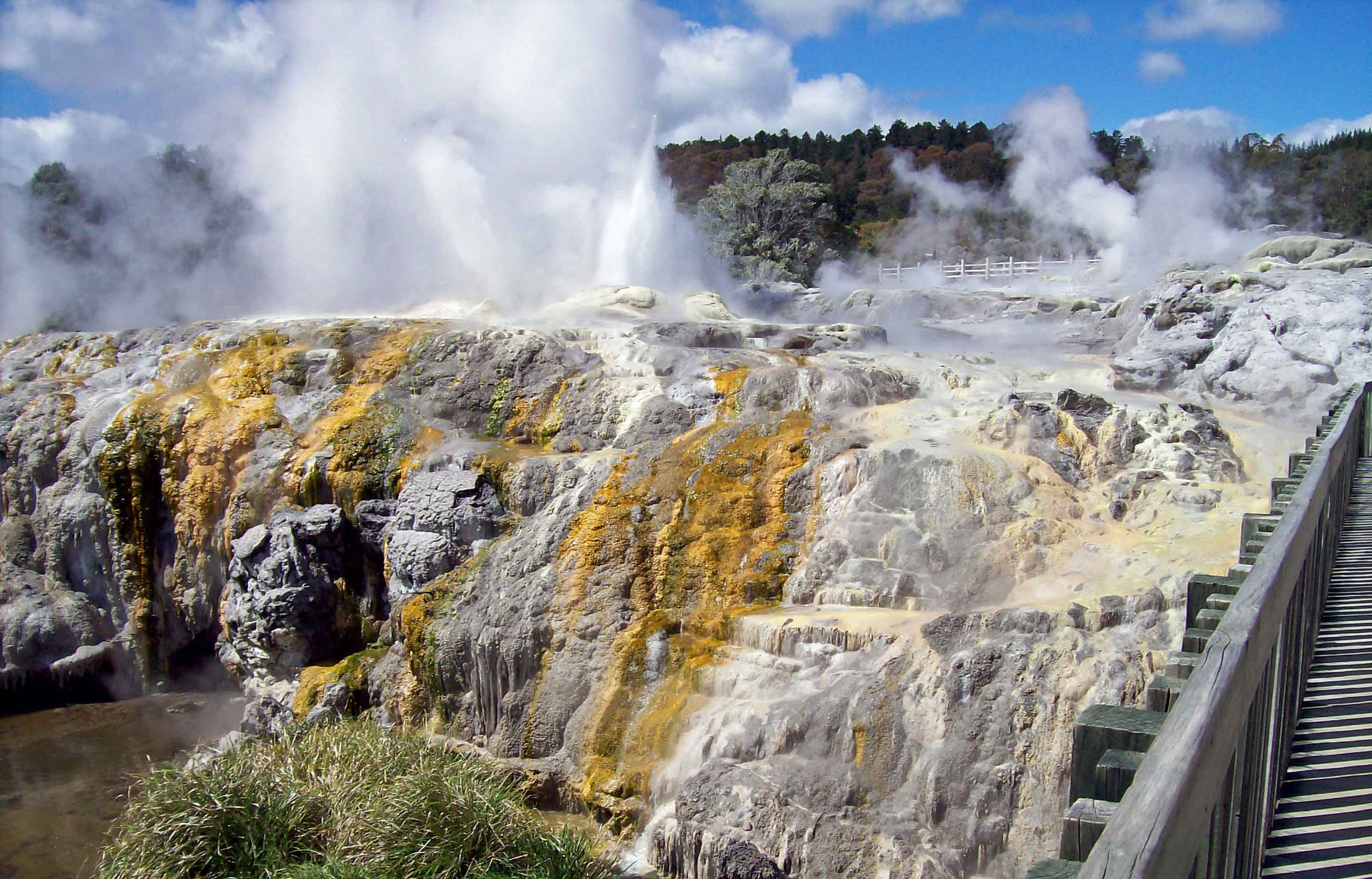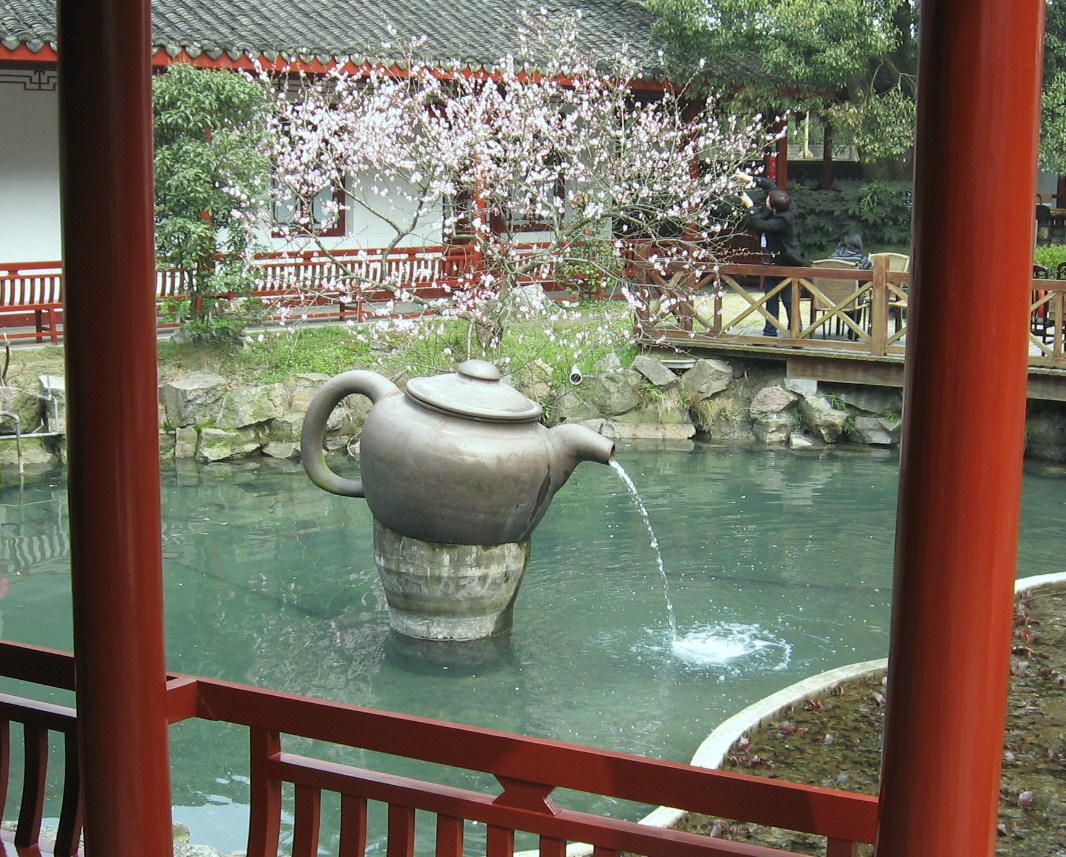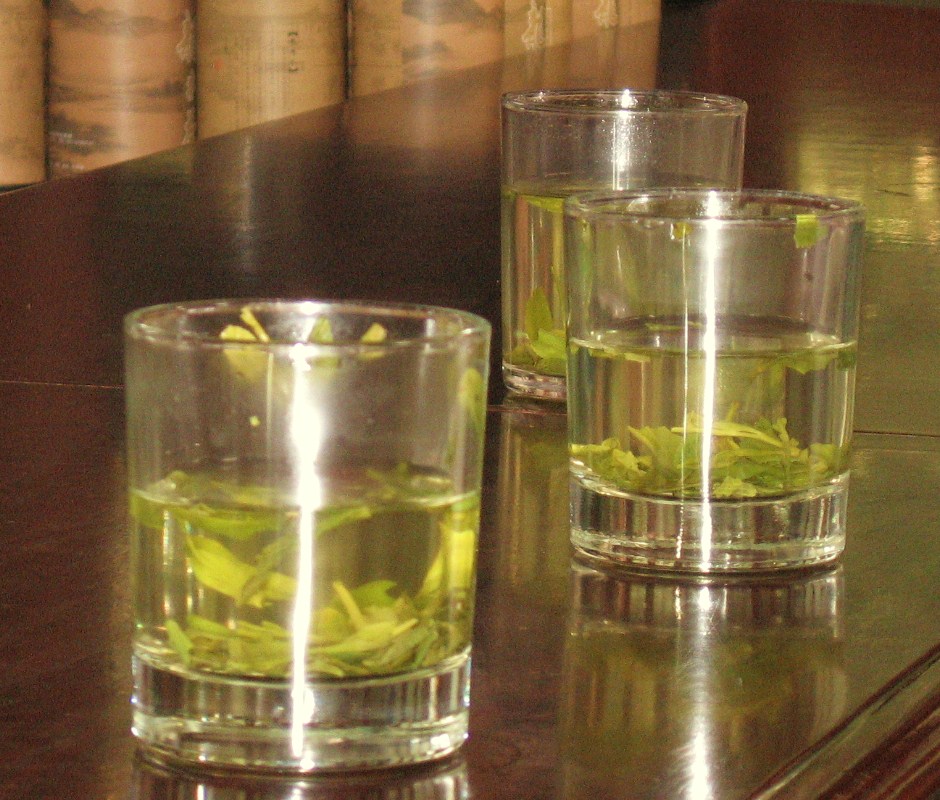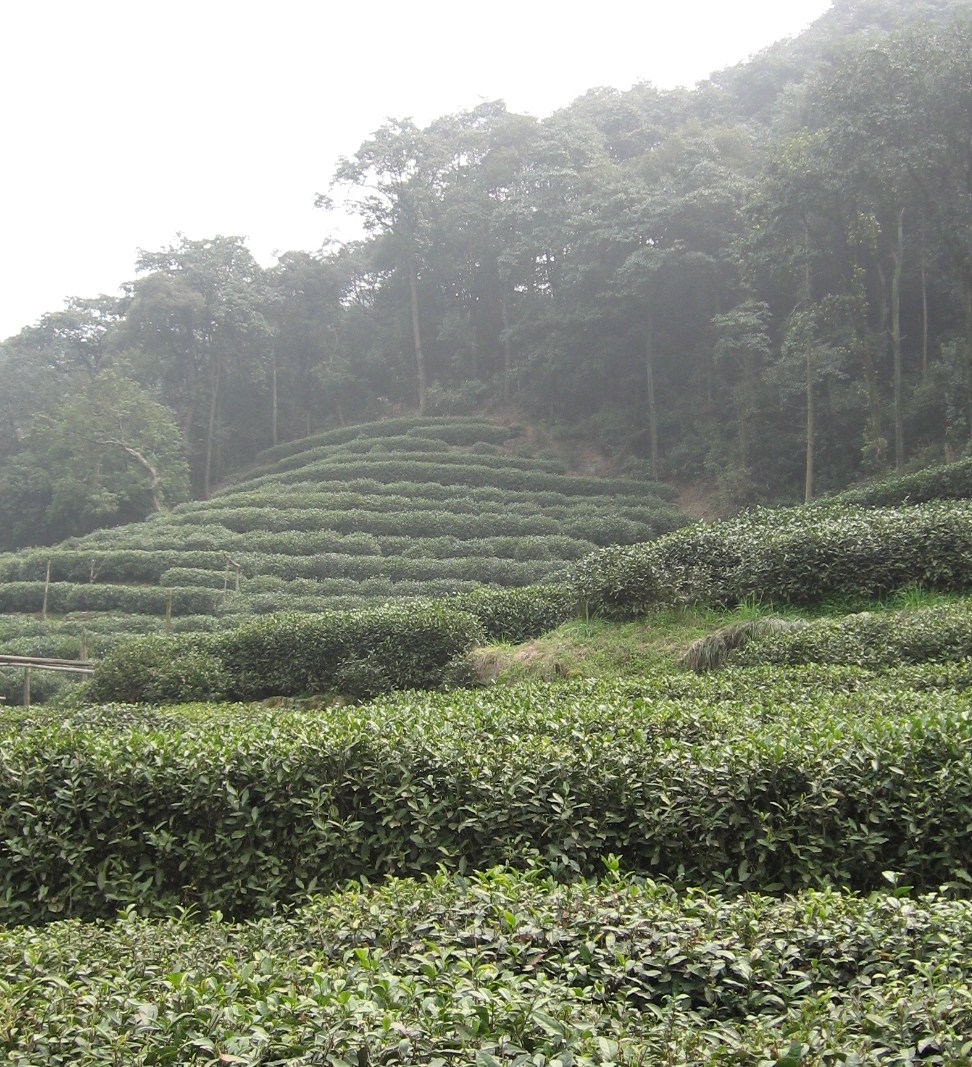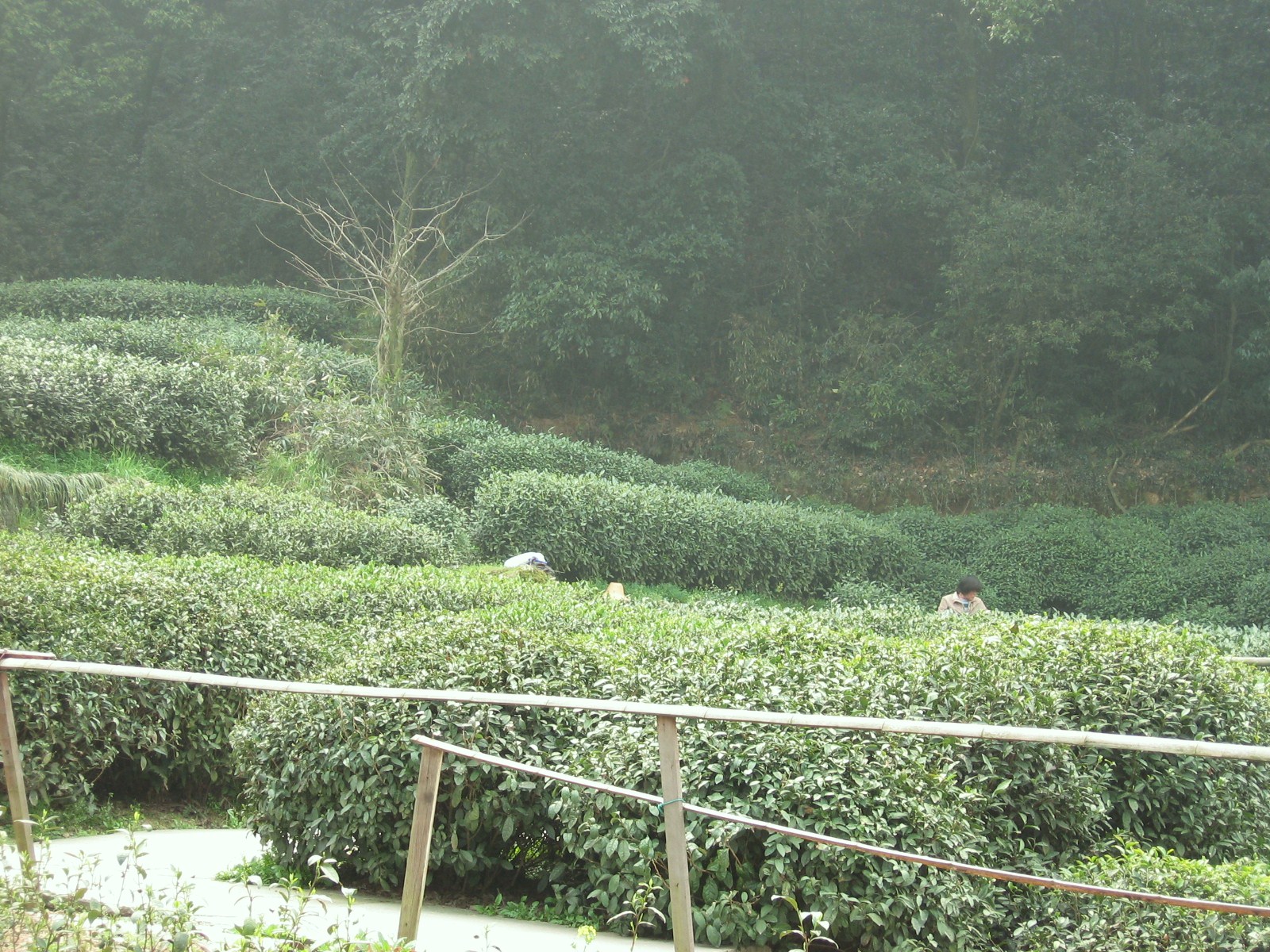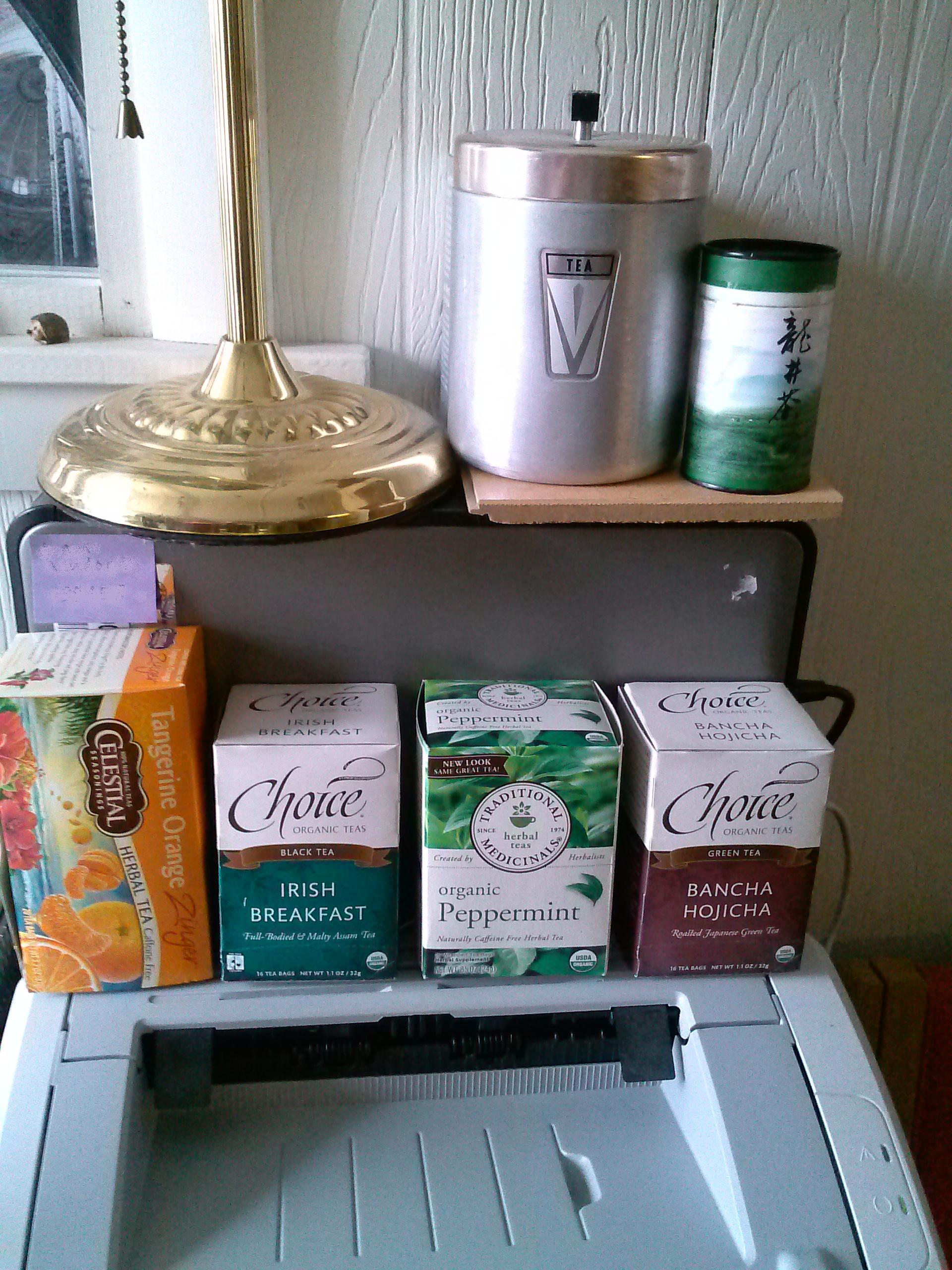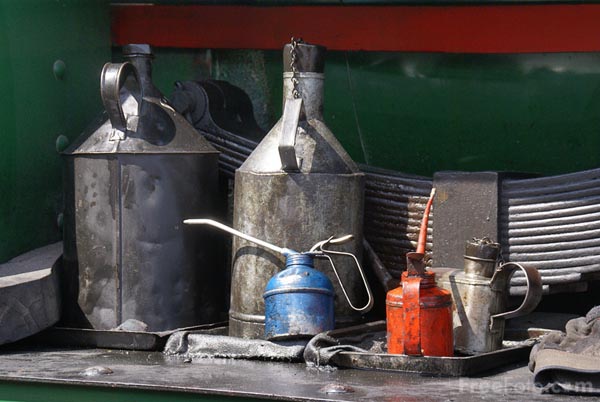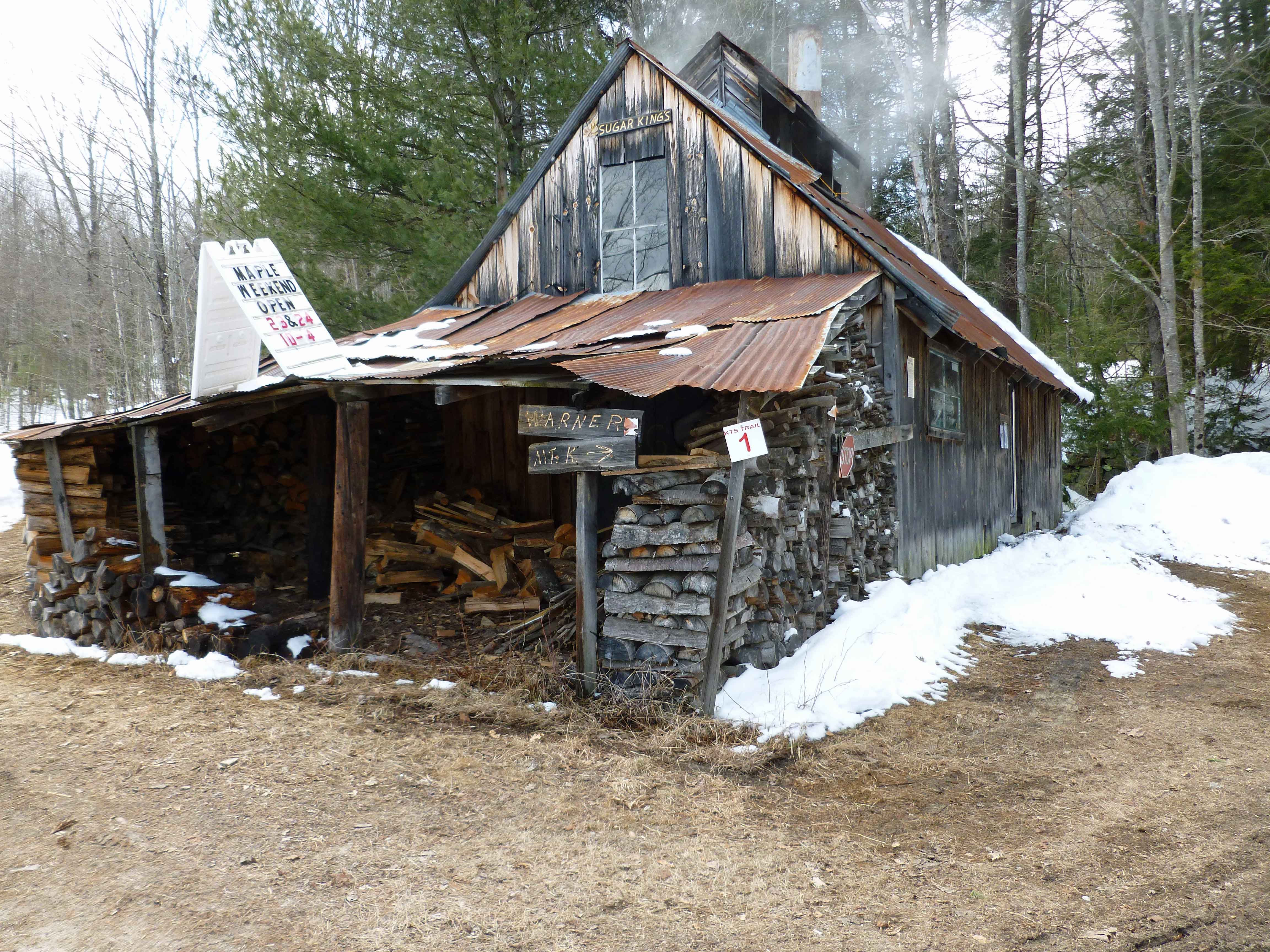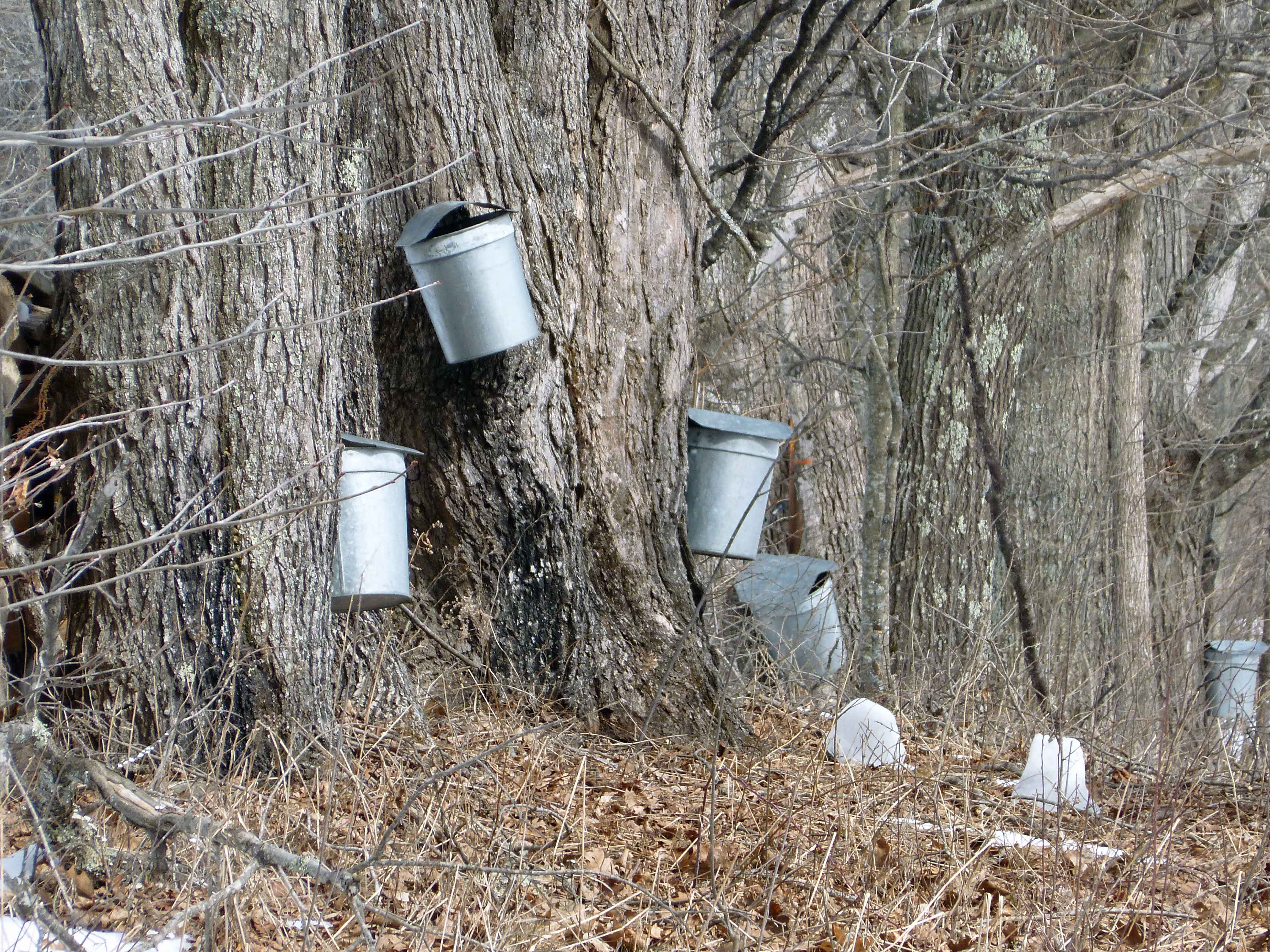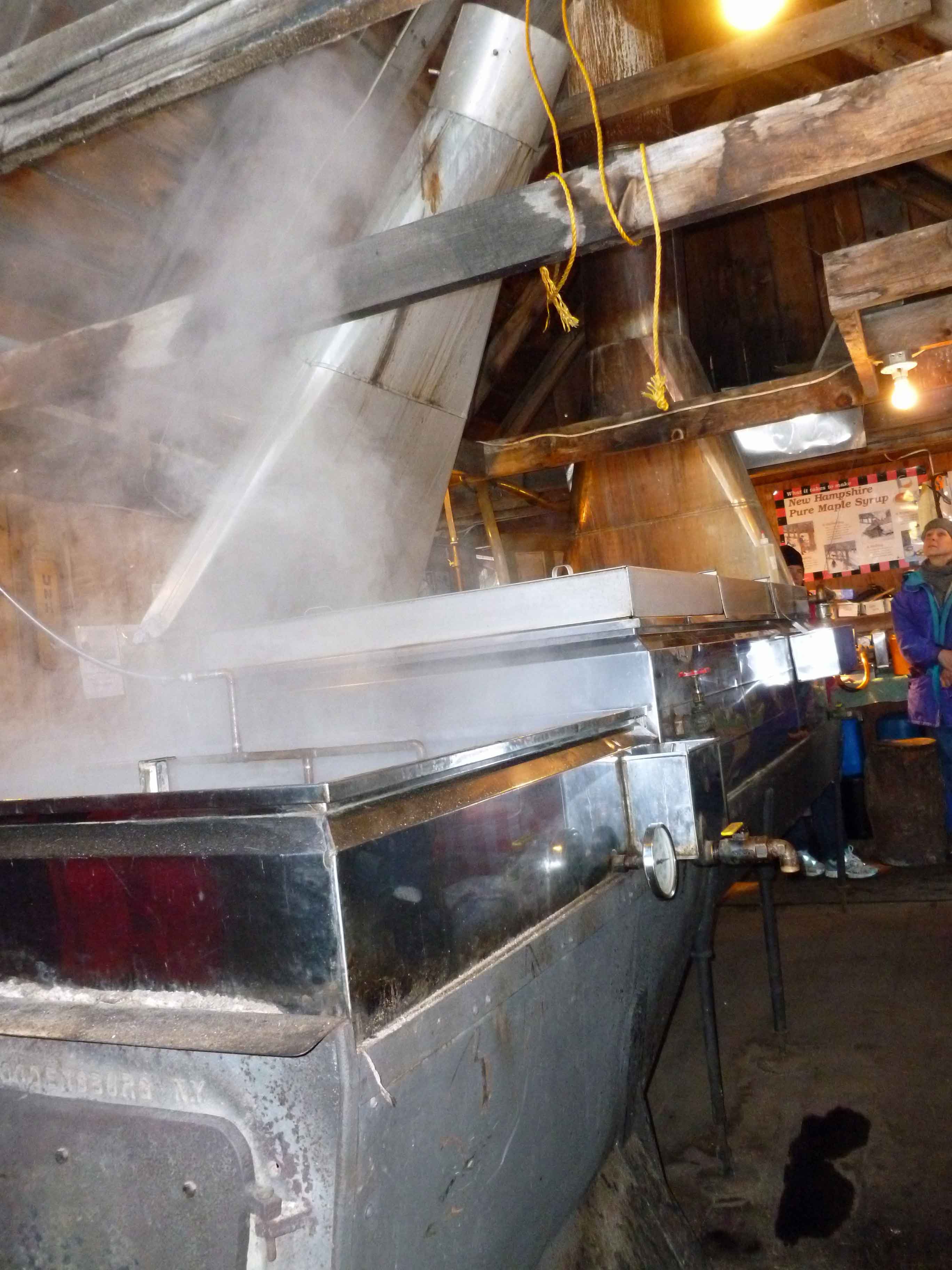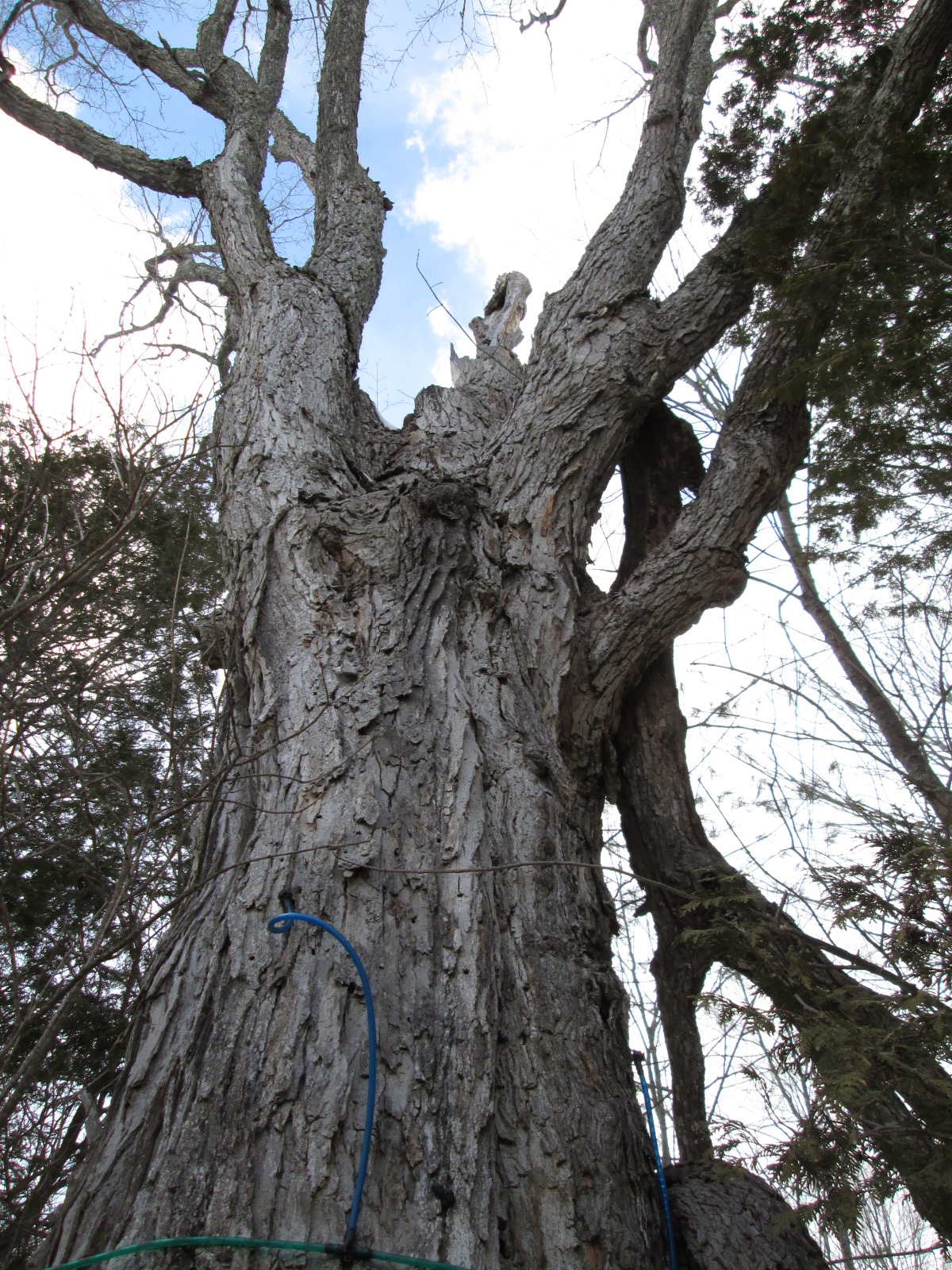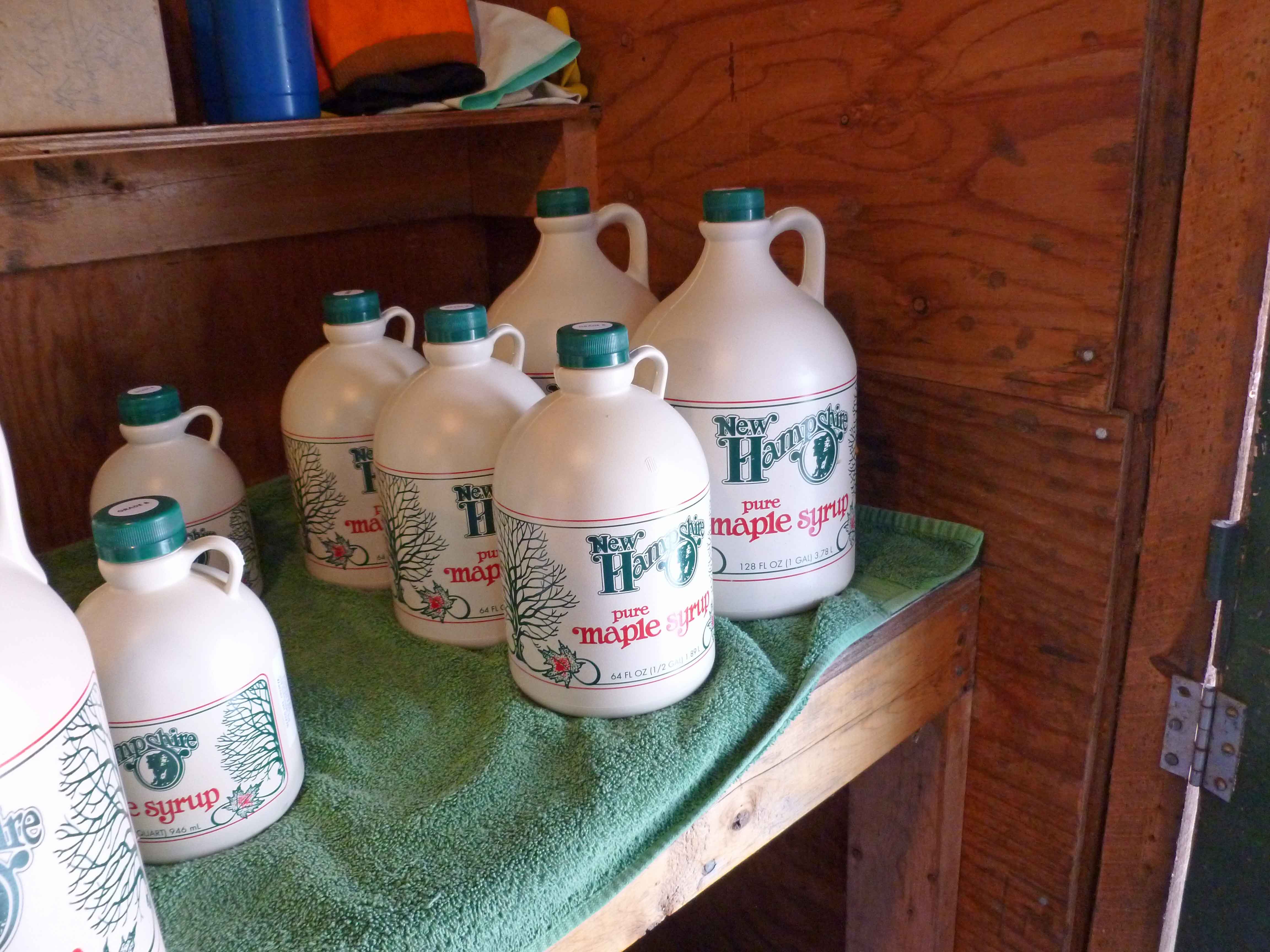
I could do a food allergy parody of Simon & Garfunkel’s Hazy Shade of Winter or Pink Floyd’s Time, but that would take an awful lot of effort and creativity, and frankly, I don’t have time as you will soon see from this post.
When I first went off milk, hazelnuts and scallops, I thought my life was difficult and I had to make a lot more from scratch, but there were some dairy replacement products I could buy. Then when I had to remove egg, coconut, almonds, clams, crab, and flax in addition, I was pretty annoyed and I had to make a lot more from scratch. I thought my life had gotten exponentially harder again. But frankly, with adding corn, wheat, chicken and sunflower (based on a recent near anaphylaxis reaction to sunflower oil, still needs some verification, but I’m kinda afraid to test due to the severity of the reaction) to the mix most recently, I didn’t know how good I had it back then. At least back then I could buy vitamins, condiments, food in jars, pickles, food in cans, some vegan dairy replacement products, soda, candy, fruit juice, baking powder, vanilla and other extracts, vegan margarine, hot dogs, some broths, soup stock or bouillon, salad dressings, some convenience foods and some deli meats.
I live in a second story two bedroom apartment in the largest city in New Hampshire. You’d think I lived on a farm with the number of jars of canned food and condiments, empty jars, the pressure and water bath canners, and the other cooking equipment in this apartment. Why, you ask? Because of the corn allergy, I can’t have anything with citric acid, xanthan gum, distilled white vinegar, and about 5 single spaced typed pages of other corn derivatives. I am something of a foodie and a chili head and/or hot sauce junkie, so the thought of having to eat nothing but salad or steamed fresh veggies (I’ll save the “why frozen foods can be bad for someone with a corn allergy” explanation for later) and beef or pork for the rest of my life was fairly disturbing. As a result, I’ve had to learn to make and safely store and/or preserve the things I still want to eat. So far, this has meant learning to can (both the water bath and pressure canning methods), pickle, and ferment; making other things that everyone takes for granted; and making my own milks out of oats, rice, and cashews.
So since June, I have made and canned the following things, modifying the recipes to replace distilled white vinegar for either safe-for-me apple cider vinegar, white wine vinegar or rice vinegar:
- Jalepeno Hot Sauce
- Essential Habanero Hot Sauce
- Djion Style Mustard
- Peach Citrus Ginger Soda Syrup
- Dill Pickle Sandwich Slices
- Chili Garlic Sauce
- Sweet Pickle Relish Recipe
- Traditional Bread & Butter Pickles (spicy version)
- Dill Pickle Relish
- Thai Hot and Sweet Dipping Sauce
- Garlic Dill Zucchini pickles
- Vietnamese Carrot & Daikon pickle
- Strawberry Citrus Soda Syrup
- Hoisin sauce
- Sushi ginger
- Plum sauce
- Dilly beans
- Vegetable Stock
- Cherry Pomegranate Lime Soda Syrup
- Peach Citrus Soda Syrup
- Beef Bone Broth
- Ketchup
- Marinara sauce
- Hot Pepper Pickle Mix
- Banana Peppers Pickled
- Tomatillo Salsa
- Green Cayenne Hot Sauce
- Barbecue Sauce
- Green Chili Garlic Sauce
- Honeyed Cayenne Chilis
- Spicy Tomato Salsa
- Kidney beans (I can use dry beans, but that means I have to remember to soak them ahead of time, and I really wanted some “convenience” foods)
- Boston Baked Beans
- Eggplant Caponata
- Ratatouille
- Black beans
- She Simmers Hot Sauce
- Yellow Hot Dog Mustard
- Classic Dijon Mustard
- Garbanzo beans
When I do a batch I’m generally canning between 5-9 pints of something, although the some of the pasta sauces are in quart jars. It’s my hope and intention that when I can something, I do enough that I won’t have to do it again for a while. I’m hoping to get a year out of the condiments, but the food items will last for less time. The soda syrups get me though maybe a month and a half out of each batch. I may have to decide at some point whether the time involved to make fruit soda syrups is worth it, and decide whether to make huge batches of homemade ice tea instead, since I won’t just drink water apparently. The time involved for making each of the items above depends on the level of preparation and the canning method required, so it ranges from about an hour and half at the minimum to about five hours at the maximum. I’ve been keeping track of everything I’ve made on a spread sheet so that I can figure how how long it takes to use something up. Eventually after I ‘finish’ making everything I want to have available on hand, I want to be able to figure out how many weekends a month I will have to continue canning to keep everything in stock.
Also since June, I’ve tried fermenting the following things, because I either still wanted to eat them, or because I need probiotics, because there are no safe vitamins anymore:
- Sriracha (two versions, made one with cider vinegar and one with rice vinegar because I was afraid I won’t be able to get the peppers in winter and because I wanted to see if I liked the rice vinegar one better)
- Sauerkraut (two batches, although in my overly warm apartment it takes about a week to two weeks rather than four to six)
- Kombucha (my apartment was just too hot, so this was a fail)
- Water Kefir (my apartment was just too hot, so this was a fail)
- Green Cayenne Tabasco style sauce
- Red Cayenne Tabasco style sauce
- Habanero Tabasco style sauce
Also since June, I’ve made the following things because I can’t buy the commercial products anymore, or because I’m trying to make something else I can’t have anymore:
- Vanilla extract
- Lemon extract
- Lime extract
- Orange extract
- Mint extract
- Baking powder
- Vegan margarine (which was a major fail)
- Various gluten free flour mixes
- Various spice mixes to replace commercial versions of things I can’t have anymore
- Chocolate
- Various salad dressings
- Various attempts at gluten-free, corn-free, dairy-free and egg-free bread (all of which have been a fail)
- Cashew milk
- Oat milk
- Rice milk
Notwithstanding the above, I am also making my own laundry detergent and shampoo, which, admittedly, I was doing before the corn thing went down, but is still annoying. Prior to the corn thing, I was also making lotions and lip balm, but now those recipes are unsafe, and I’ve got to do some research to make new corn-free versions. Also, don’t forget to factor in all the research time it has taken me to find safe versions of certain recipes, and figure out my reality as to what things I need to avoid. We’re talking hours and hours on allergy sites, canning sites, blogs, Pinterest, and so on. Other than this blog, my writing (I was working on revising my first novel) has ground to a screaming halt, my knitting time has been drastically curtailed, and I missed the summer. I spent almost every weekend canning things or making things, and sometimes weeknights too. I’ve been at a dead run since June.
So here’s the thing I guess I want to say about time. I’m still figuring it out and sometimes it sucks. To feed yourself safely, the reality is that you’re going to spend way more time to feed yourself than you did before you had the allergy, and that’s just the way it is. I went through a mourning period for convenience foods and for being able to eat like everyone else can, every single time I had to eliminate more foods and that’s normal. Mourn, vent, cry, scream, but the fact of the matter is, you’re going to have to get over it and do what you need to do, or eat the same boring crap for the rest of your life. And you can decide to eat the same boring crap for the rest of your life if you want to do that. I just couldn’t stomach it (no pun intended, haha).
Here’s some stuff I’ve figured out:
Research, research, research. Know what you can eat and what you can’t. You don’t want to waste time making something only to find out that there’s something in it that makes you sick because you didn’t recognize the name of something in one of your ingredients as being your allergen, or that there’s likely cross contamination because of processing.
Plan, plan, plan. Every social event that you attend is going to take thought and planning. Maybe you’ll have to find out if there’s safe food there, maybe you’ll have to bring your own, or maybe you’ll have to plan to eat before you go or eat after you go to the event. Everything you want to make at home will take planning if you have to make ingredients ahead of time in order to make the actual thing. For instance, if you want to use vanilla extract, you need to steep the vanilla beans in safe alcohol for 4-6 weeks before it’s ready to use. I’ve wanted to try to make candy for months, but I’m still working on my lemon, lime, orange and mint extracts. There are still some things you can be spontaneous about for food and some that you can’t. Figure out what are the ingredients/foods/cleaning products that you use regularly, that you can’t buy commercially and that you need to have on hand as a general proposition. Research, figure out a way to make them, and then keep an eye on the amounts you have as you use it. If you’re running out, make it ahead of time before you do. For example, my shampoo takes 24-48 hours to make. If I run out, that means I have to wait at least that long to have shampoo because I can’t buy it. Don’t run out. Plan ahead.
Make big batches. It’s a lot easier to make a big batch of something once than to make a lot of smaller batches of something, as long as you can use it before it spoils, and as long as you have room to store it. (Which is why I’m canning instead of freezing, in addition to the fact that we lose power most winters for at least once for 3-4 days in a row and I lose all the food in the freezer.) For example, when I make laundry detergent, I have to use my food processor to grind up the soap, and that means I’m going to have to wash the food processor exceedingly thoroughly. It makes more sense to make up 3 to 4 batches of the stuff and wash the food processor once than to wash it 3 to 4 times for single batches.
Make big batches, part II. If you make stuff you can either freeze or can, and you put the leftovers in single serve containers, guess what? You have some convenience food! Woo hoo! It’ll be there for emergencies, such as when you forgot to plan, make stuff ahead, or when you’re just so sick of cooking you’ll kill someone if you have to make one more thing.
Buy what you can in bulk amounts. If you have storage space, if you can use it before it spoils, and if you have the money, buy what you can in larger amounts. I’m talking mostly dry goods, such as flour, rice noodles, rice, dried beans and peas, etc. If because of your allergies, you have to make trips to multiple stores to get your groceries, the fewer trips you have to make, the more time you save.
Think about buying appliances or tools that make your life easier and save you time. Sometimes your pocket book can limit your options here, but the thing is, your time is precious too, and for most of us, this is a permanent lifestyle change whether we like it or not. My food processor, Kitchen Aid mixer, and my All American Pressure Canner are all expensive tools, but save me a lot of time, or save me from making something from scratch and/or losing stuff in the freezer when I lose power and from having to make stuff again. Someday, I’m going to have a performance blender like a Vitamix or a Blendtec, but right now, other things are a priority for my hard earned cash.
Anyway, that’s all I have for words of wisdom right now. If you have ideas for saving time, please let me know. I seriously need all the help I can get.

